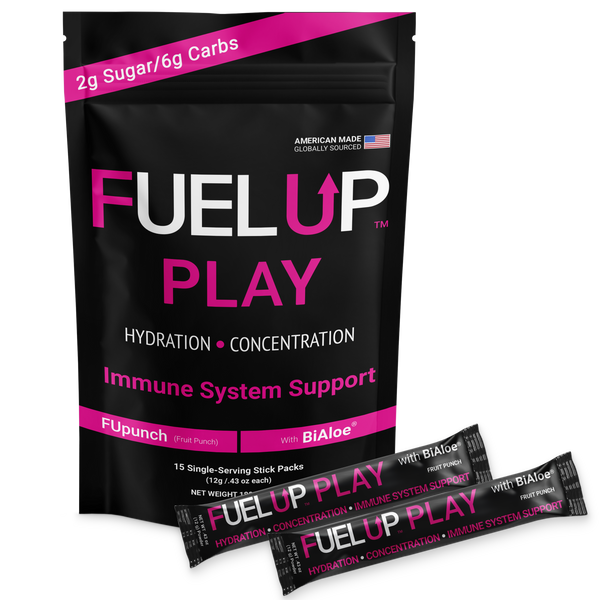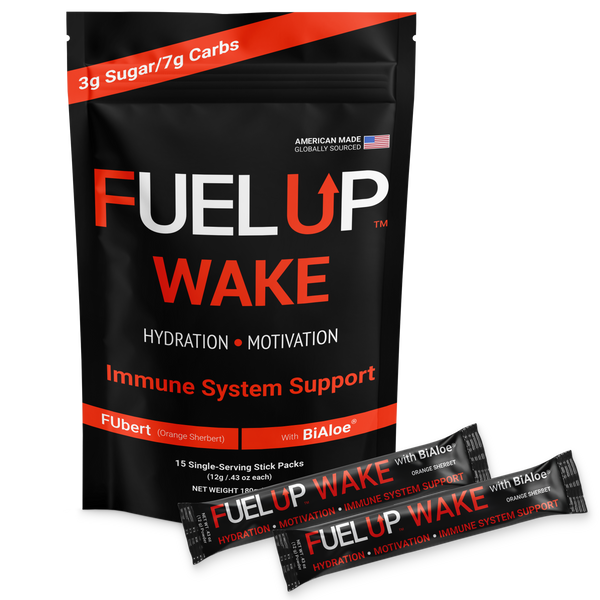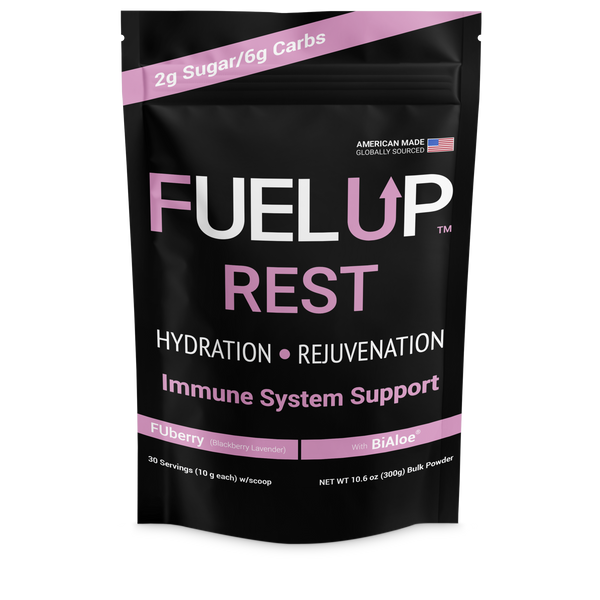Unlocking Hydration: It’s More Than Just Drinking Water
When it comes to feeling your best—whether at the gym, hiking a trail, or crushing a busy workday—hydration is essential, but there’s much more to it than simply refilling your bottle. Staying properly hydrated depends not only on how much water you drink, but on the unique demands of your body’s environment, activity level, and nutritional choices. Let’s dive into how each of these factors impacts hydration, and how you can tune your routine for better performance, recovery, and wellbeing.
The Environment: Climate, Altitude, and Hydration Challenges
Temperature and Humidity
Stepping outside on a hot, humid day? Your body works harder to cool itself through sweat, increasing fluid loss. In dry climates or heated indoor environments, moisture can evaporate so quickly you may not even realize you’re losing it. Even air conditioning can contribute to dehydration by pulling moisture out of the air—and out of you.
High Altitude
Mountain adventures offer stunning views, but higher elevations mean thinner, drier air and increased breathing rates, causing your body to lose more water through respiration. At elevations above 8,000 feet, research shows fluid needs can increase by up to 1 liter per day simply due to the environment.
Practical Tips:
-
Track your fluid intake when in extreme temperatures or altitudes.
-
Include hydrating foods—think oranges, watermelon, and cucumbers—alongside beverages.
-
Don’t rely solely on thirst cues; set reminders or use a hydration app.
Exercise: Sweat, Recovery, and Individual Needs
Your Workout’s Hydration Story
Physical activity, from a brisk walk to an intense cycling session, is one of the biggest variables in daily hydration. When you sweat, you lose both water and electrolytes (like sodium and potassium), both critical for muscle function and energy. The more intense or prolonged the exercise, the more fluids you need to replace.
Factors To Consider:
-
Intensity and Duration: Vigorous activity ramps up fluid loss.
-
Environment: Outdoor vs. indoor workouts, temperature, and humidity play roles.
-
Individual Physiology: Age, gender, fitness, and sweat rates differ widely—everyone’s requirements are unique.
Recovery Matters
Post-exercise recovery isn’t just about protein or stretching; rehydrating restores blood volume, supports cellular repair, and helps prevent muscle cramps and dizziness. For intense or long-duration exercise, consider electrolyte-rich options to replenish what’s lost.
Practical Tips:
-
Weigh yourself before and after workouts to estimate fluid loss.
-
Rehydrate with water and electrolyte sources, especially after heavy sweat sessions.
-
Listen to your body signals—fatigue, headache, or dark urine can be signs of dehydration.
Diet: Nutrient Choices That Boost or Block Hydration
Food’s Role in Your Fluid Balance
Your diet can either support healthy hydration or sabotage it. Salt, sugar, and process foods can pull water into the digestive system and increase urine output, raising your risk for dehydration. Meanwhile, fruits, vegetables, and whole grains are loaded with water and vital micronutrients that bolster fluid absorption and retention.
Electrolytes—The Unseen Heroes
Sodium, potassium, magnesium, and calcium play key roles in maintaining fluid balance, nerve function, and muscle contraction. A balanced diet rich in these minerals helps your body hold onto water more effectively.
Caffeine and Alcohol
Both can act as diuretics, increasing fluid loss. Moderation is the name of the game—substitute coffee or cocktails with water or herbal teas when possible, and always compensate with extra hydration.
Practical Tips:
-
Increase intake of hydrating fruits and vegetables.
-
Monitor sodium consumption, especially if sweating heavily.
-
Balance processed foods with nutrient-dense whole foods.
How to Optimize Your Hydration: Take Stock of Your Whole Routine
Every person’s hydration needs shift based on where they are, what they’re doing, and what’s on their plate. There’s no one-size-fits-all solution, but with a little planning and mindfulness, you can adjust your fluid intake and nutrient balance to match your life—season to season, workout to workout.
Quick Checklist:
-
Consider the climate and altitude where you spend the day
-
Adjust hydration for physical activity type and sweat loss
-
Eat a variety of hydrating, nutrient-rich foods
-
Watch for signs of dehydration: fatigue, dry mouth, poor performance
Closing Thoughts: Smart, Balanced Strategies Make the Difference
Staying hydrated isn’t simply a daily water goal—it’s a dynamic process shaped by your environment, exercise habits, and dietary choices. Recognizing these factors empowers you to support peak performance, fast recovery, and lasting well-being.
If you’re exploring ways to fine-tune your hydration—especially if you have specific fitness goals or enjoy outdoor adventures—solutions like Fuel Up Hydration offer science-backed blends with electrolytes and vitamins designed to support your needs. As always, prioritize informed decisions and a balanced approach that fits your unique lifestyle and routine.





